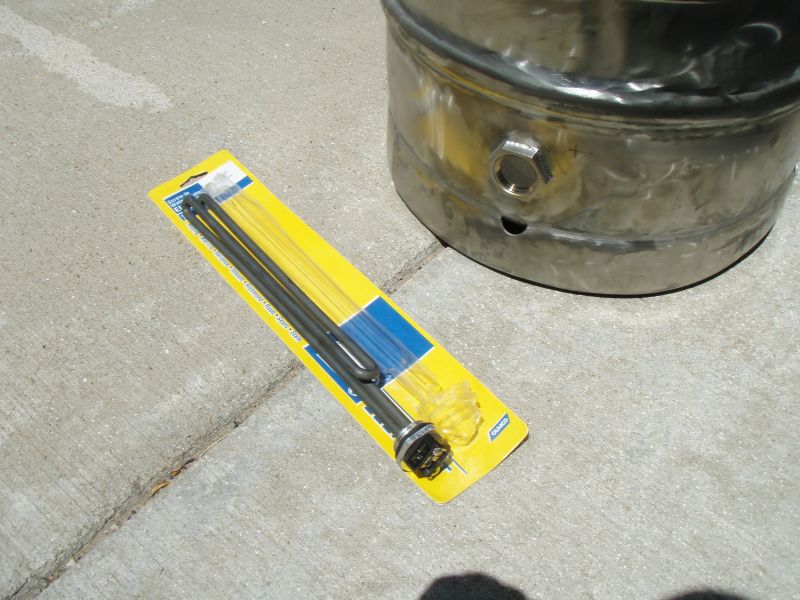Pharmbrewer wrote: Is there a cheaper way to build one of these controllers with a potentiometer or rheostat or something? I'm not an electrician however my father in law is so I'm sure he could help me put something together.
Possibly but I don't think that price is too bad for what you get. You ought to be able to get a pair of suitable thyristors for around $40 (the pair). Then you'd need heat sinks for those, a circuit to trigger them, power connectors, a box to mount the stuff in. The heat sinks are the only items, other than the thyristors, which migh cost more than a few dollars. The control circuit should be pretty simple to put together for $10 - 15 if you are willing to use proptyping "perfboard" as opposed to having a printed circuit made. You would use a potentiometer to adjust the power output by changing the firing angle of the thyristors and have virtually infinite control from fully off to fully on. Adding up all these parts you are not that far from what the manufacturer wants for what is doubtless just what I described or very close to it. For the delta $ I'd be happy to let someone else worry about the design, fab, test and safety. I'm an electrical engineer who used to design circuits like this (years and years ago) and if I'm saying it's more trouble than you'd save then I assume that goes in spades for you who apparently have no experience with this type of equipment. An electrician can help you keep from burning the house down but will not have the eperience with SCR's, diacs, triacs,... needed to put together such a system.
Another option is a variable auto transformer (Variac) if you happen to be fortunate enough to find one (Ebay or somesuch) with the current and voltage rating you need. These are kind of rare birds these days (having been replaced by the much lighter, much less expensive, thyristor based controllers).
An extremely clever scheme from a fellow named Ken Schwarz, put a simple diode in one of the power lines to the heating element with a switch across it. With the switch closed (shorting out the diode) the heater produces full power. With the switch open the diode only conducts when the voltage across it is positive (half the time) and the power is reduced to 50% of full.





